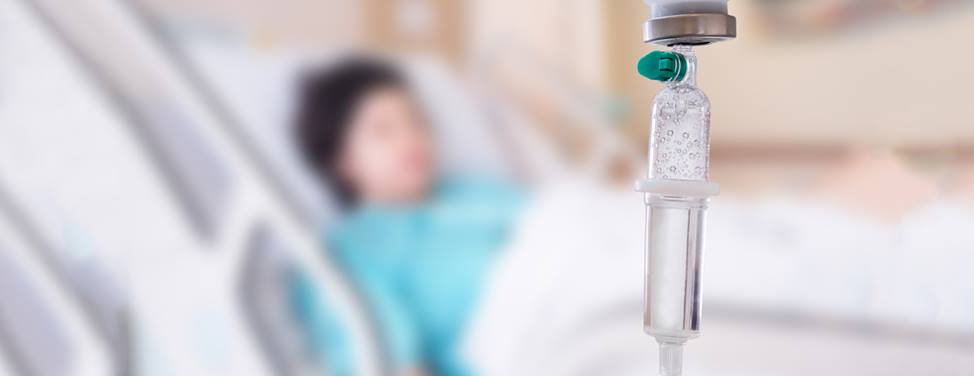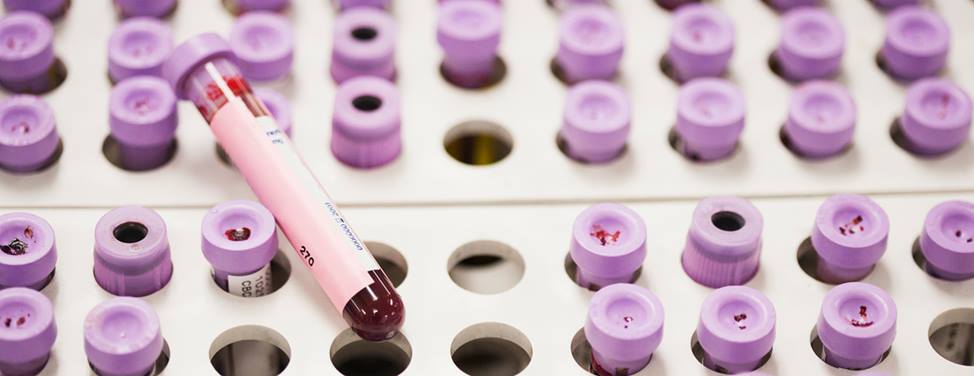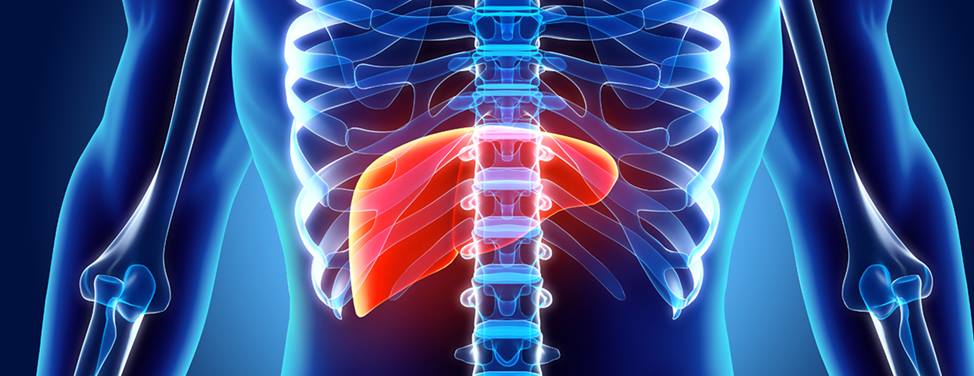Primary Biliary Cirrhosis

Overview
Primary biliary cirrhosis (PBC) is an autoimmune disease in which the body's immune cells attack the bile ducts of the liver. As a result, the bile ducts — through which bile, the substance that helps digest fat — are destroyed. The process results in scarring, which over time may progress to cirrhosis and, in severe cases, liver failure. Although primary biliary cirrhosis can affect all ages and sexes, middle-age women are most frequently diagnosed with the disease.
Our Approach to Primary Biliary Cirrhosis
Treatments for primary biliary cirrhosis include medication to slow the liver damage and, for severe cases, liver transplantation. We may also prescribe medications to relieve symptoms and to prevent or treat complications.
For patients who need a transplant, UCSF offers a liver transplant program known for outstanding outcomes and survival statistics that are among the best in the country. Our program helped pioneer techniques that have made transplantation safer and more successful.
Awards & recognition
-

Among the top hospitals in the nation
-
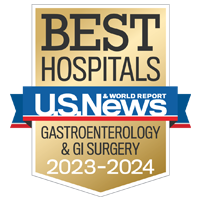
One of the nation's best in gastroenterology & GI surgery
Signs & symptoms
The initial signs and symptoms of PBC may be subtle, detectable only with blood testing. As the disease progresses over time, usually years, patients may suffer from itching and fatigue.
At an advanced stage, jaundice — a condition that gives a yellow tint to the skin and eyes — develops along with other signs of liver failure. These may include memory problems, fluid retention and internal bleeding.
Diagnosis
In diagnosing PBC, your doctor will start by conducting a thorough physical examination and asking about your medical history, including any symptoms you have been experiencing. A series of blood tests, liver X-rays and in some cases, liver biopsy will be performed to make a definite diagnosis.
During a liver biopsy, a small sample of tissue is removed from your liver using a thin needle. The tissue is prepared and stained in a laboratory for examination under a microscope.
Treatments
The current treatment for PBC is a bile acid medication, called ursodeoxycholate. Although this medication does not cure the condition, it slows its progression. For advanced stage PBC, in which the liver is severely damaged, a liver transplant is the only option.
Liver Transplantation
Liver transplant is recommended for people whose primary biliary cirrhosis causes severe liver damage or progresses to liver failure. The evaluation for a transplant is complex and generally requires several months. Therefore, even patients who feel well should be referred for a transplant at the first sign of liver failure, or if they have advanced liver disease diagnosed by X-ray studies or liver biopsy.
UCSF Health medical specialists have reviewed this information. It is for educational purposes only and is not intended to replace the advice of your doctor or other health care provider. We encourage you to discuss any questions or concerns you may have with your provider.
More treatment info
-
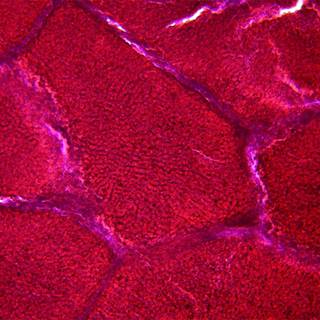
Living Donor Liver Transplant
The liver's unique ability to regenerate itself enables life-saving transplants.
Learn more -
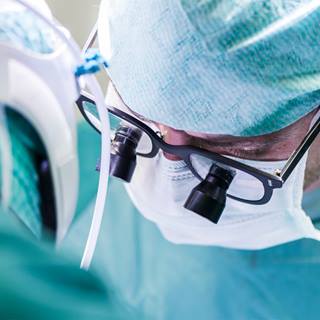
Liver Transplant
Liver transplantation can be a life-saving option for patients with end-stage liver disease. Learn what happens during the evaluation, surgery and recovery.
Learn more






